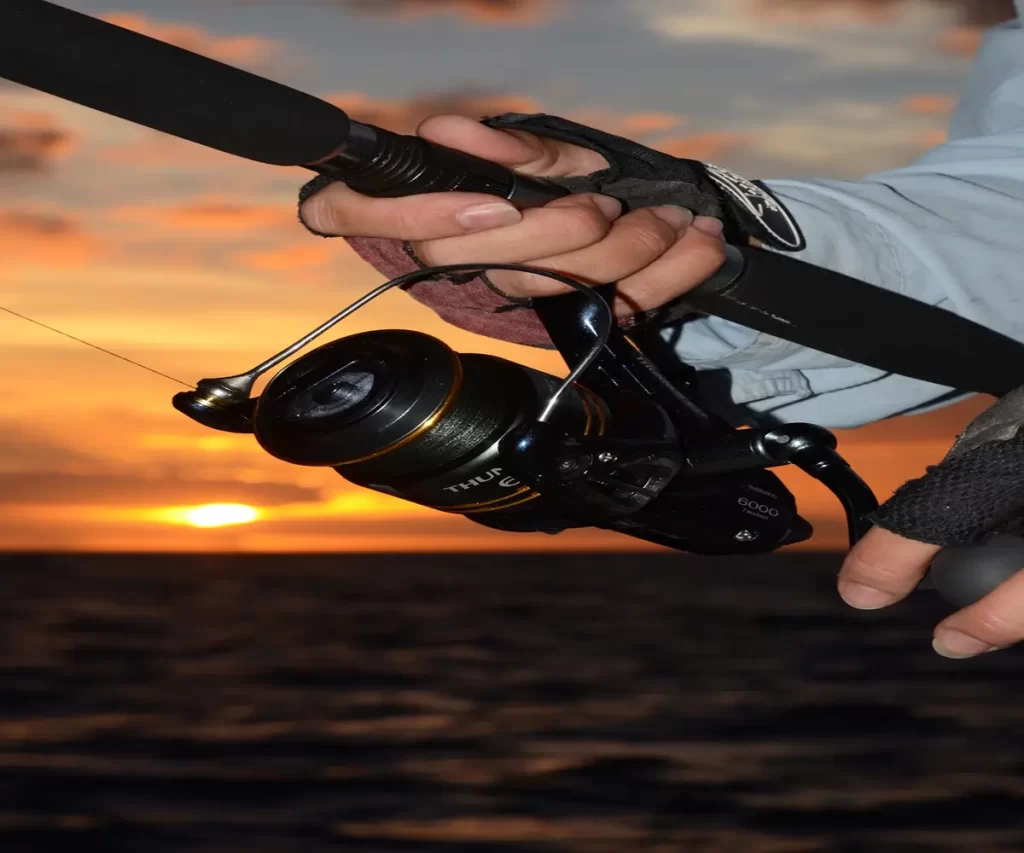
The Importance of How to Set The Drag
Fishing is more than just a hobby; it’s a skill that requires knowledge, patience, and the right techniques. One crucial aspect of successful fishing is setting the drag on your reel correctly. The drag system is a pivotal component that allows you to control the amount of resistance a fish feels when it takes your bait. Mastering how to set the drag can significantly improve your chances of landing that prized catch. In this comprehensive guide, we will delve into the intricacies of drag systems, the importance of proper drag setting, and step-by-step instructions to help you set the drag like a seasoned angler.
Understanding the Drag System
Before we dive into setting the drag, it’s essential to have a clear understanding of the drag system itself. The drag system is a mechanical component within a fishing reel that controls the amount of pressure required for the line to be pulled from the reel. It acts as a buffer between the fish and your fishing line, preventing the line from snapping under excessive tension.
There are two main types of drag systems:
1. Front Drag System:
- Located at the front of the reel.
- Adjusted using a dial on the front of the reel.
- Commonly found on spinning reels.
2. Rear Drag System:
- Located at the rear of the reel.
- Adjusted using a dial on the back of the reel.
- Commonly found on older spinning reels but less common in modern designs.
Importance of Proper Drag Setting
Setting the drag correctly is crucial for several reasons:
1. Preventing Line Breakage:
- A well-set drag prevents the fishing line from breaking when a fish pulls hard.
2. Tiring the Fish:
- Properly set drag tires the fish, making it easier to reel in.
3. Protecting Gear:
- Avoids damage to your fishing rod, reel, and other components.
4. Adaptability:
- Allows for adjustment based on the size and strength of the fish.
Step-by-Step Guide on How to Set the Drag
Now that you understand the importance of setting the drag, let’s walk through the process step by step:
Step 1: Know Your Fishing Environment
- Understand the type of fish you are targeting and the environment you are fishing in (saltwater or freshwater). Different fish and environments may require different drag settings.
Step 2: Choose the Right Reel
- Ensure your reel is appropriate for the type of fishing you are doing. Different reels have different drag systems and capacities.
Step 3: Inspect Your Fishing Line
- Check the condition of your fishing line. Old or damaged lines may not withstand heavy drag settings.
Step 4: Understand the Fish’s Strength
- Research the typical size and strength of the fish species you are targeting. This knowledge will help you gauge the appropriate drag setting.
Step 5: Set the Drag Before Fishing
- It’s essential to set the drag before you cast your line. This prevents any surprises when you hook a fish.
Step 6: Adjusting the Drag
- Front Drag System:
- Locate the drag adjustment dial on the front of the reel.
- Turn the dial clockwise to increase drag and counterclockwise to decrease it.
- Make incremental adjustments until you find the right balance.
- Rear Drag System:
- Locate the drag adjustment dial on the back of the reel.
- Turn the dial clockwise to increase drag and counterclockwise to decrease it.
- Make small adjustments and test the drag by pulling the line with your hand.
Step 7: Test the Drag
- After setting the drag, pull the line gently to test the resistance. The line should release smoothly without any jerking.
Step 8: Fine-Tune as Needed
- Continuously monitor the drag during your fishing session. Adjust it as needed based on the size and behavior of the fish you’re targeting.
Tips and Best Practices
1. Start with a Light Drag:
- Begin with a lighter drag setting and increase it gradually as needed. This prevents sudden line breakage.
2. Use a Scale:
- Some anglers use a scale to measure the drag force. This provides a more precise way to set the drag, especially when targeting specific fish species.
3. Regular Maintenance:
- Keep your reel well-maintained. Clean and lubricate it regularly to ensure the drag system functions smoothly.
4. Learn from Experience:
- Experience is a great teacher in fishing. Pay attention to how different drag settings affect your success in landing fish.
Mastering the art of setting the drag is a fundamental skill for any angler. It requires a combination of knowledge, experience, and a deep understanding of your equipment and environment. By following the steps outlined in this guide and incorporating the tips and best practices, you can enhance your fishing experience and increase your chances of landing that trophy catch. Remember, practice makes perfect, so get out there and hone your skills on the water!